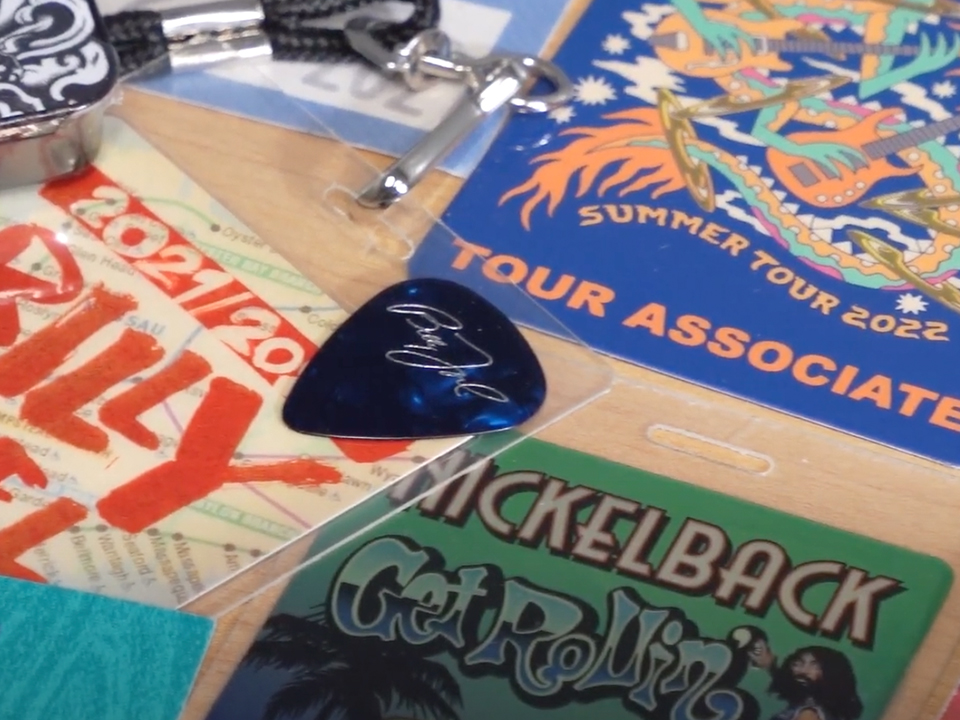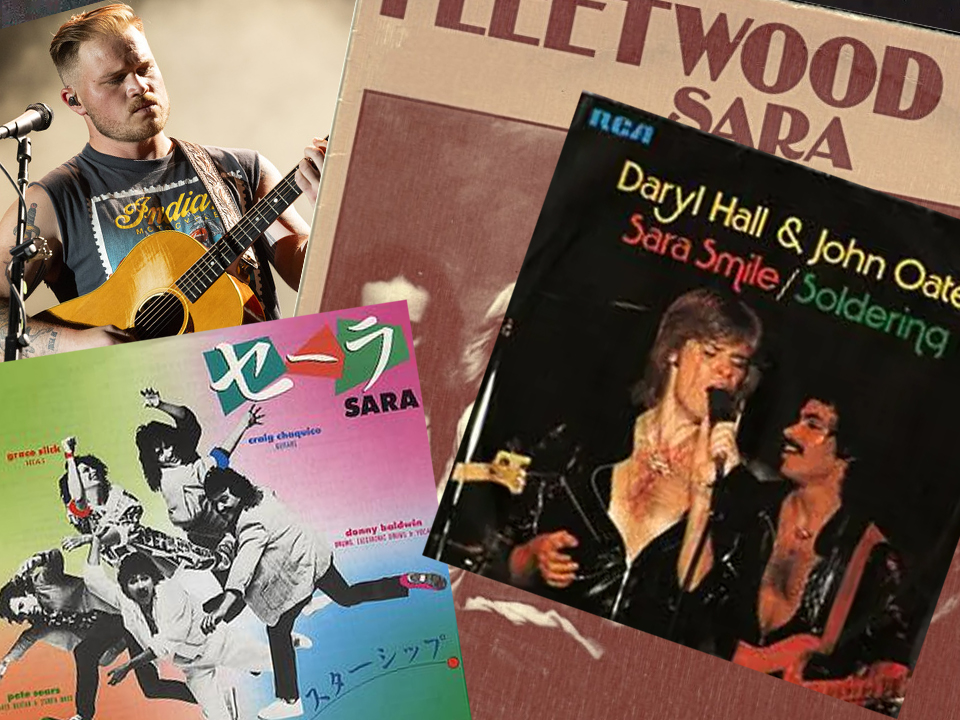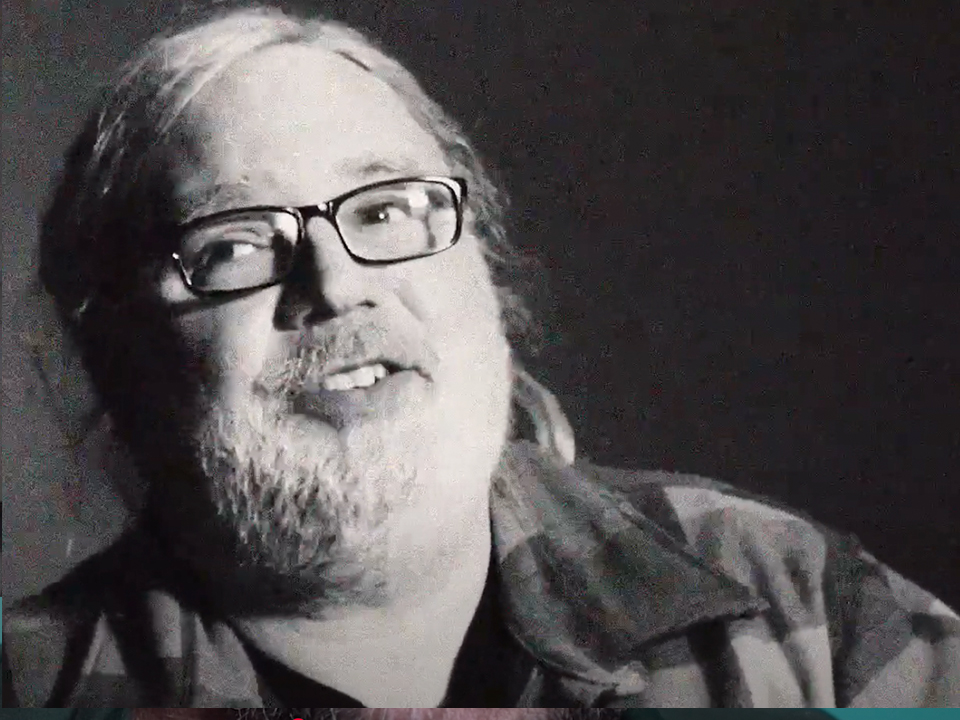
Why Philadelphia?
May 3, 2024
The Last of the family businesses
May 3, 2024Salsa music has been a transformative force in both New York and Los Angeles since the mid-1970s, shaping the cultural fabric of these cities and leaving an indelible mark on the music industry. In New York, the salsa movement emerged from the vibrant Latinx communities of neighborhoods like Spanish Harlem and the South Bronx, blending elements of Afro-Caribbean rhythms with jazz, R&B, and rock influences.
Roly Garbalosa is production manager for great artists such as Karol G and Bad Bunny, this documentary gathers his most important experiences and an excellent comparison between the rhythms of Regueton and Salsa. The interview is done through the eyes of Stagedoor, a source of music and art history in the United States.
Legendary venues such as the Palladium and the Cheetah became epicenters of salsa culture, hosting iconic performances by luminaries like Celia Cruz, Tito Puente, and Willie Colón. The salsa craze not only propelled Latin music into the mainstream but also fostered a sense of pride and identity among Latinx communities in New York, cementing the city’s reputation as a global capital of salsa music.
Similarly, Los Angeles became a vital center for salsa music, drawing upon its diverse population and thriving music scene to cultivate a unique fusion of Latin rhythms and American sensibilities. As salsa gained popularity on the West Coast, iconic venues like the Hollywood Palladium and the Conga Room became hotspots for dancers and music enthusiasts alike. Moreover, the rise of influential salsa bands such as El Gran Combo de Puerto Rico and Grupo Niche solidified Los Angeles as a key destination for salsa aficionados from around the world. Today, salsa continues to thrive in both cities, with a new generation of artists pushing the boundaries of the genre while honoring its rich heritage, ensuring that the legacy of salsa music remains alive and well in New York and Los Angeles.





